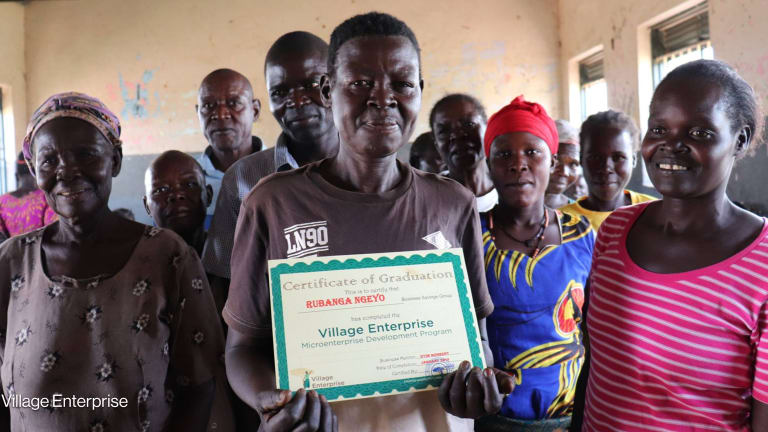Nina Munk has stirred a lot of buzz lately. Her newly released book chronicled the rise and troubles of Jeffrey Sach’s renowned brainchild, the Millennium Villages – and a large part of the trouble, it suggests, is the Columbia University professor’s approach to development.
Reviews of “The Idealist: Jeffrey Sachs and the Quest to End Poverty” were largely positive, although Sachs was reportedly dismissive.
For Munk, a contributing editor to Vanity Fair, the book has this message: Economic development is complicated and full of pitfalls.
“That models or theories developed in academic laboratories can’t anticipate the chaos and complexities of the real world,” she told Devex. “That human beings are unpredictable, and sometimes even irrational.”
In this exclusive interview, Munk explained why charity isn’t the same as economic development and stressed that despite what has been written about the Millennium Villages Project, it “is not a failure.”
What were the biggest lessons you’ve learned about efforts to eradicate poverty as you document the developments in Millennium Villages?
In the quest to end poverty, it’s important to be clear about the difference between economic development and humanitarian aid or charity. Thanks to the Millennium Villages Project, many people’s lives have improved. In village after village, I’ve seen first-hand the impact of the project’s interventions: less malnutrition, fewer incidents of malaria, more children in school, higher agricultural production, improved hygiene, etc. It’s impressive and important work.
There’s never been any doubt that if you invest $5 million or $10 million into a small, isolated African village, you will see positive results. It’s called charity and it works and it’s good — but it’s not the same thing as economic development.
People who work in the field of development wrestle with something larger: How can economic development take root and be sustained in desolate, desperate places with no roads or power or water, where people are illiterate and unlikely to live past the age of 55? Can people be lifted out of poverty, as Jeffrey Sachs puts it, or do they have to lift themselves? What’s the best way to connect a dirt-poor, rural African village to the global economy of the 21st century? And what is the point of a bumper crop if there are no buyers for that crop?
I wish I had the answers to those questions, but I don’t. And as far as I can tell after six years of reporting on the subject, neither does anyone else. Not yet anyway.
Can the Millennium Villages Project still have a happy ending?
That depends on your definition of a happy ending.
A few years ago, I interviewed George Soros about his decision to invest $50 million in the Millennium Villages Project. What if the MVP wasn’t the solution to global poverty? Wasn’t his investment a huge risk? I asked. Soros shrugged.
“As a humanitarian action, it was a good investment on its own,” he replied. “But if it succeeded, then of course you’d get a reward that would be way out of proportion to the investment made.”
Maybe Jeffrey Sachs and the MVP haven’t found the solution to global poverty. Maybe Sachs, in oversimplifying the problem and amplifying his own abilities, set himself up for failure. Nevertheless, as a “humanitarian action,” to use Soros’s term, the MVP is not a failure: People’s lives have been improved. There’s no shame in doing good — even if that good work is not “scalable.”
What is your message to aid workers, most of whom, like Jeffrey Sachs, are driven by idealism?
To use a famous quote: “Do all the good you can, by all the means you can, in all the ways you can, in all the places you can, at all the times you can, to all the people you can, as long as ever you can.”
Otherwise, really, what’s the point?
Read more development aid news online, and subscribe to The Development Newswire to receive top international development headlines from the world’s leading donors, news sources and opinion leaders — emailed to you FREE every business day.








